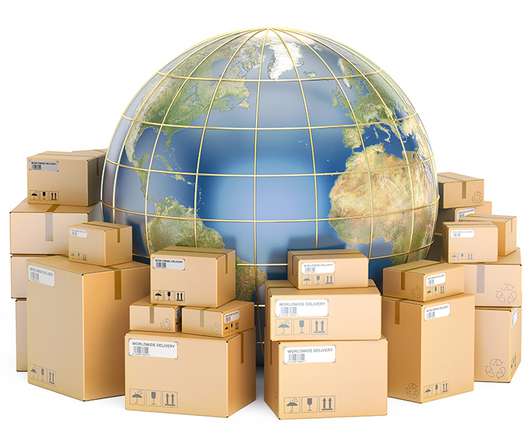Predicting the Next Banking Crisis Is a Fool’s Game. Not Learning From the Last One: Equally Foolish
Jeff For Banks
JUNE 2, 2023
Second, this can be accomplished only if the industry does not have too much influence over its regulators and if the regulators have the ability to hire, train, and retain qualified staff. Third, the regulators need adequate financial resources. My lesson learned to the regulators, read your past lessons learned.
















Let's personalize your content